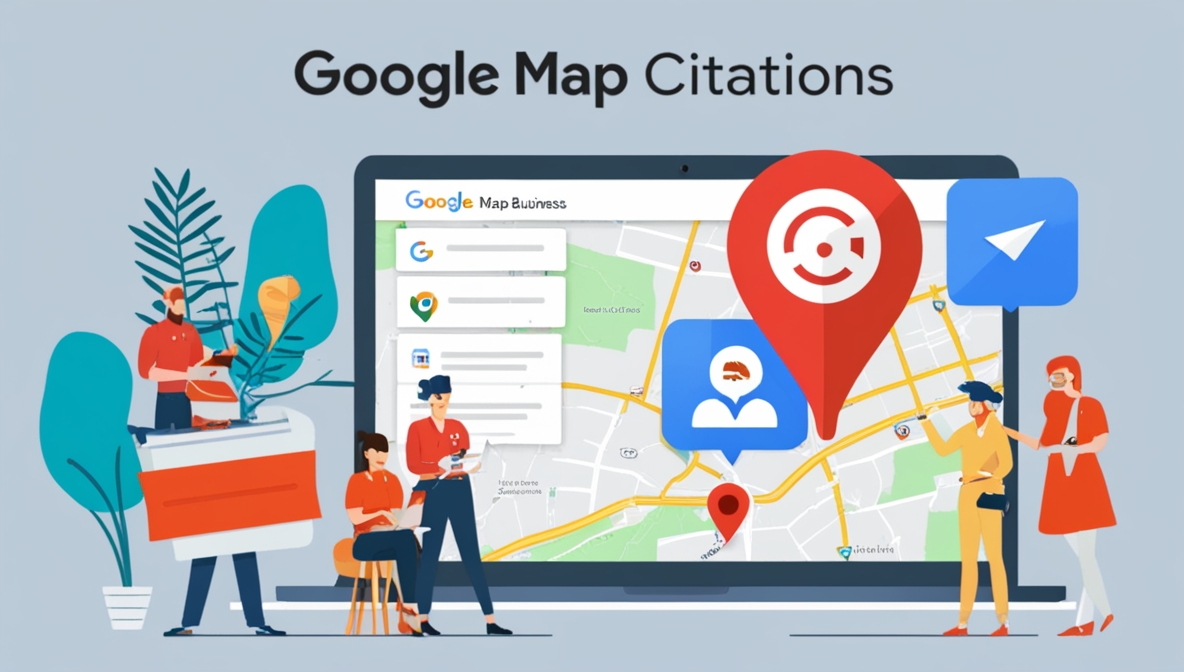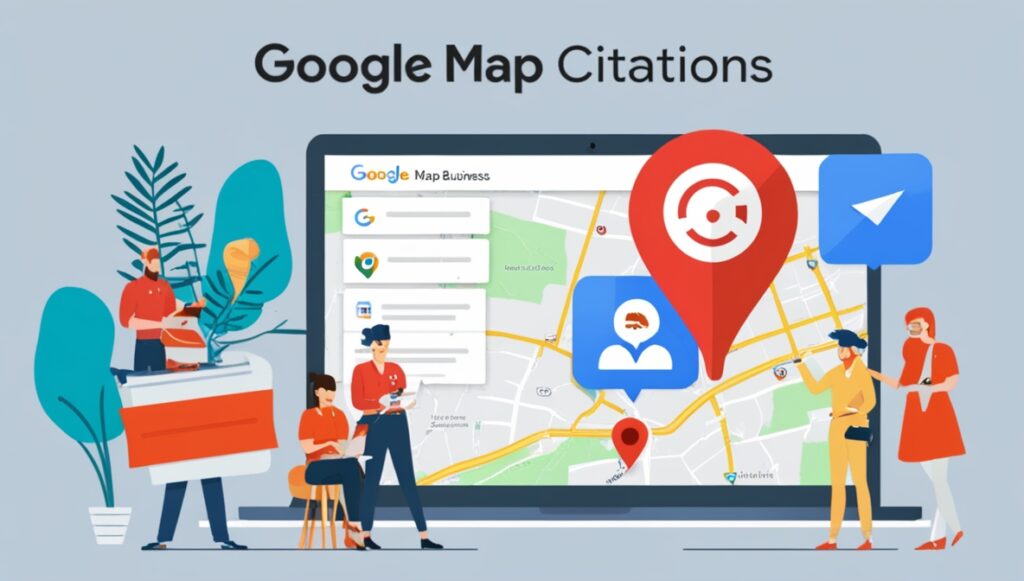
In the ever-evolving digital landscape, businesses need to leverage every tool available to ensure they are visible to their target audience. For local businesses, one of the most powerful tools to enhance local visibility is through Google Map Citations. For companies like yours, including our customers at Dust Digital Marketing Ltd. in Hong Kong, understanding and utilizing this strategy is crucial to staying ahead of the competition. In this guide, we’ll dive deep into how Google Map Citations for Local SEO can make a significant impact on your business and why it should be an integral part of your local SEO strategy.
What Are Google Map Citations?
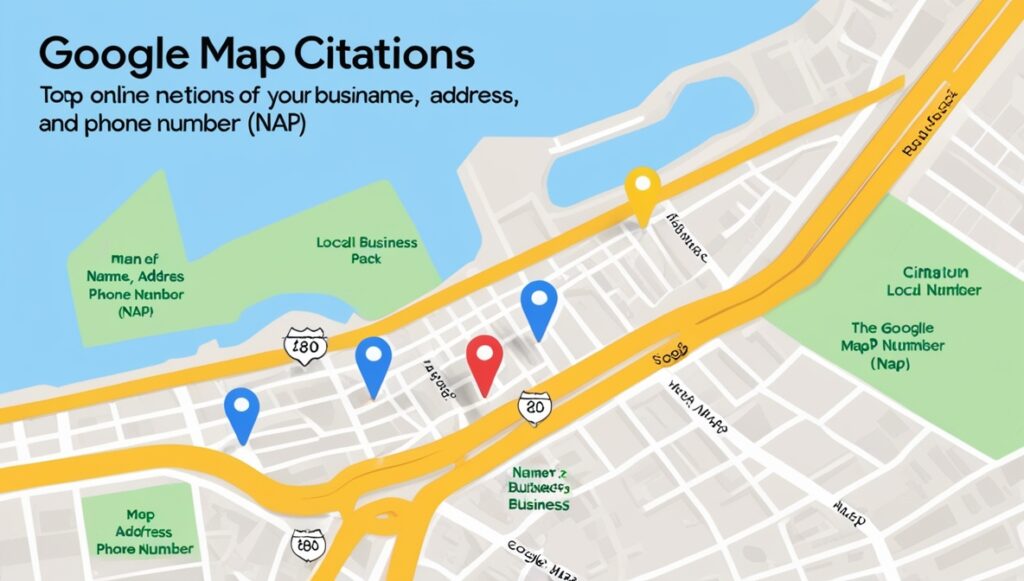
In simple terms, Google Map Citations refer to online mentions of your business’s name, address, and phone number (NAP). These citations are essential for local businesses because they act as trust signals for search engines like Google, verifying your business’s location and contact information. The more consistent and reliable your citations across the web, the higher your chances of ranking on Google Maps and the local pack (the top three local businesses shown in response to a relevant search).
Google Map Citations work in conjunction with other local SEO factors, such as reviews, backlinks, and on-page optimization. When implemented correctly, they help your business appear more credible to both search engines and potential customers, ultimately driving more foot traffic and sales.
Why Are Google Map Citations Important for Local SEO?
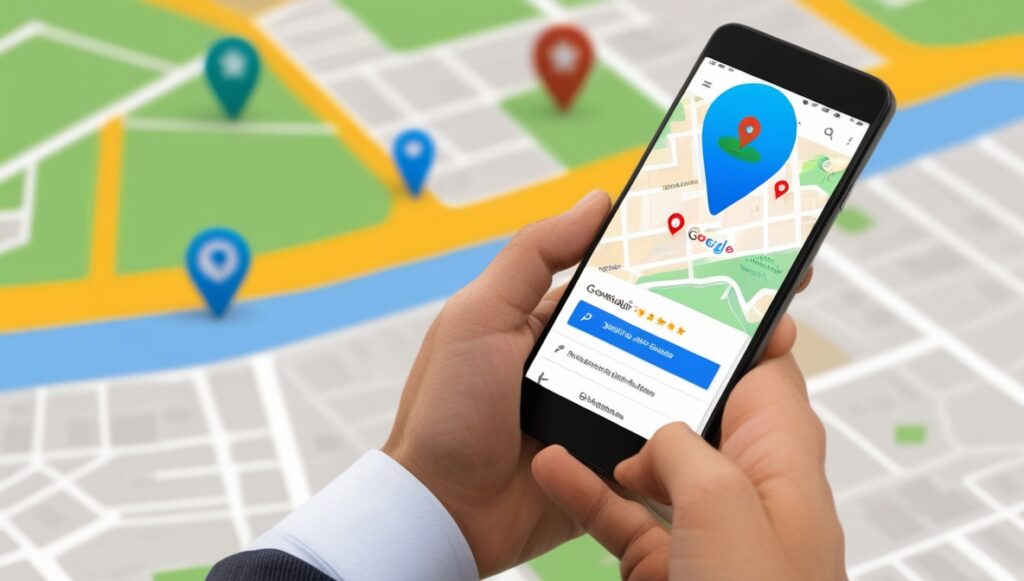
Local SEO is all about improving your business’s visibility to customers in your geographical area. For instance, if someone searches for “best digital marketing services in Hong Kong,” businesses that have optimized their local SEO, including Google Map Citations, will likely appear at the top of the search results.
Here are a few reasons why Google Map Citations are crucial for your local SEO strategy:
- Improved Local Search Rankings: Google’s algorithms take into account the consistency of your business information across various online platforms. Having accurate citations helps Google confirm your business’s legitimacy, improving your chances of ranking in local search results.
- Building Trust and Credibility: Consistent NAP information across multiple directories and websites helps build trust with search engines and potential customers. It reassures users that your business is legitimate and trustworthy.
- Increased Online Visibility: Google Map Citations boost your visibility not just on Google Maps but also across various platforms where your business is listed. This increased exposure can lead to more website traffic, more inquiries, and ultimately more conversions.
- Competitive Advantage: In competitive local markets, businesses that leverage Google Map Citations effectively are more likely to outperform competitors who neglect this aspect of SEO. Being listed on top local directories and ensuring citation consistency can give your business the edge it needs to dominate local search results.
How Google Map Citations Work in Local SEO
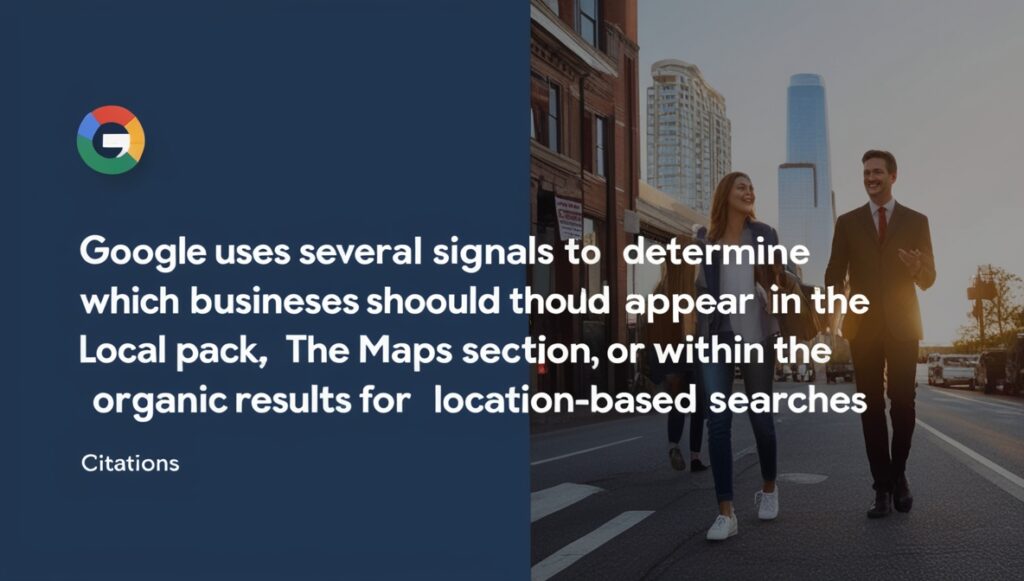
Google uses several signals to determine which businesses should appear in the local pack, the Maps section, or within the organic results for location-based searches. Citations serve as one of the key signals for the following reasons:
- Consistency of NAP Information: When Google sees your business listed with the same NAP information across multiple trusted websites (such as Yelp, TripAdvisor, or local directories), it strengthens the association between your business and its location. This consistency plays a pivotal role in determining whether or not your business will appear in local search results.
- Local Authority: Citations from high-authority websites (like industry-specific directories or popular review sites) help build your business’s local authority. Google interprets citations from these trusted sources as a positive ranking factor, making your business more likely to appear in the top results.
- Geographical Relevance: Citations confirm your business’s geographical relevance to a particular search query. For example, if your business is cited on a Hong Kong-specific directory, Google will likely give more weight to this citation, increasing your chances of appearing in searches conducted by users in or around Hong Kong.
Types of Google Map Citations
There are two types of citations: structured and unstructured.
- Structured Citations: These are citations that occur in predefined formats on business listing directories, social media profiles, and review sites like Yelp, TripAdvisor, or Yellow Pages. They typically include fields for your NAP information and possibly other data, such as business hours, website URL, and categories.
- Unstructured Citations: These occur in less formal settings, such as blog posts, news articles, or social media mentions. While they may not follow a strict format, they still contribute to your business’s online authority. An unstructured citation could look like a local blog mentioning your business as a top provider of SEO services in Hong Kong, even without directly linking to your website.
Both types of citations are important for local SEO, but structured citations are particularly crucial because they are easy for search engines to read and verify.
How to Build Google Map Citations for Your Business
Building and managing citations can be time-consuming, but it is one of the most effective strategies to enhance your local SEO. Below are the steps to help you create and optimize your citations:
1. Ensure NAP Consistency
The most critical factor for Google Map Citations is NAP consistency across all platforms. Inaccurate or inconsistent information can confuse search engines, leading to a drop in rankings. Make sure your business name, address, and phone number are identical across all platforms.
For example, if your business name is “Dust Digital Marketing Ltd.” on your website, ensure that it’s not abbreviated as “Dust Digital” or “Dust DM” on directories or other websites. This consistency plays a significant role in how Google interprets and ranks your business.
2. Submit Your Business to High-Authority Directories
Start by submitting your business to popular, high-authority directories like:
- Google My Business
- Yelp
- Bing Places for Business
- Facebook Business Pages
- Yellow Pages
- TripAdvisor
Local directories specific to your geographical location, such as Hong Kong business directories, are also beneficial. The more high-authority platforms you’re listed on, the more signals Google receives about your business’s legitimacy.
3. Leverage Industry-Specific Citations
Being listed on industry-specific websites or directories can add further weight to your Google Map Citations. For instance, if you run a digital marketing company, look for directories or review sites that cater specifically to marketing professionals.
These citations carry additional relevance to search engines because they confirm your authority in your niche. Dust Digital Marketing Ltd., for example, could benefit from being listed on digital marketing forums, directories, and review platforms.
4. Monitor and Correct Inaccurate Citations
Once your citations are set up, it’s important to periodically audit them for accuracy. Use tools like Moz Local, BrightLocal, or Yext to track your citations across the web. If you notice discrepancies in your NAP information, correct them immediately to maintain consistency.
5. Encourage Unstructured Citations
While structured citations are essential, don’t overlook the value of unstructured citations. You can gain these through press releases, local news coverage, or even mentions from bloggers and influencers. Participating in community events, sponsoring local initiatives, or collaborating with other businesses can lead to unstructured citations that further enhance your local SEO efforts.
How to Measure the Impact of Google Map Citations
Once you’ve implemented your citation-building strategy, it’s essential to measure the impact on your local SEO. Here are some key metrics to track:
- Local Rankings: Use tools like Google My Business Insights, SEMrush, or Ahrefs to track how your business ranks in local search results.
- Website Traffic: Monitor traffic from local sources using Google Analytics. Look for increases in visits from users in your geographical area, as well as referral traffic from directories where you’ve built citations.
- Customer Inquiries: Keep track of how many leads, inquiries, or foot traffic you receive from local searches or people finding your business through Google Maps.
Conclusion: Take Your Local SEO to the Next Level with Google Map Citations
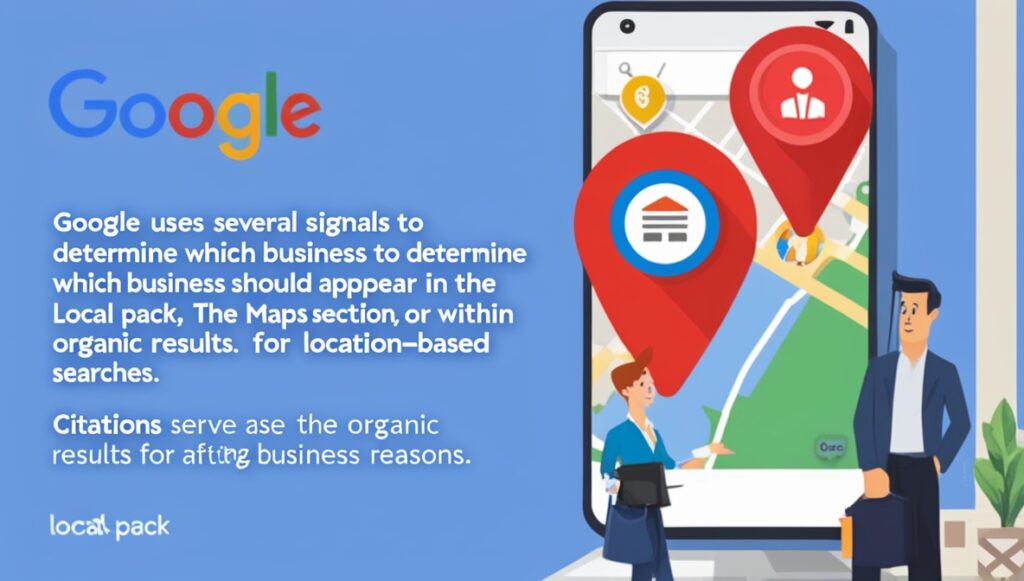
Google Map Citations are a foundational element of any local SEO strategy. By ensuring that your business is consistently listed across multiple platforms with accurate NAP information, you can significantly improve your chances of ranking higher in local search results and Google Maps.
For businesses like Dust Digital Marketing Ltd., focusing on Google Map Citations for Local SEO can lead to increased visibility, credibility, and sales. Whether you’re just getting started with local SEO or looking to refine your strategy, incorporating Google Map Citations is a must for long-term success in your local market.
With a solid citation-building plan in place, you’ll not only see an increase in local rankings but also a boost in customer trust and engagement, putting your business ahead of the competition in your area.

